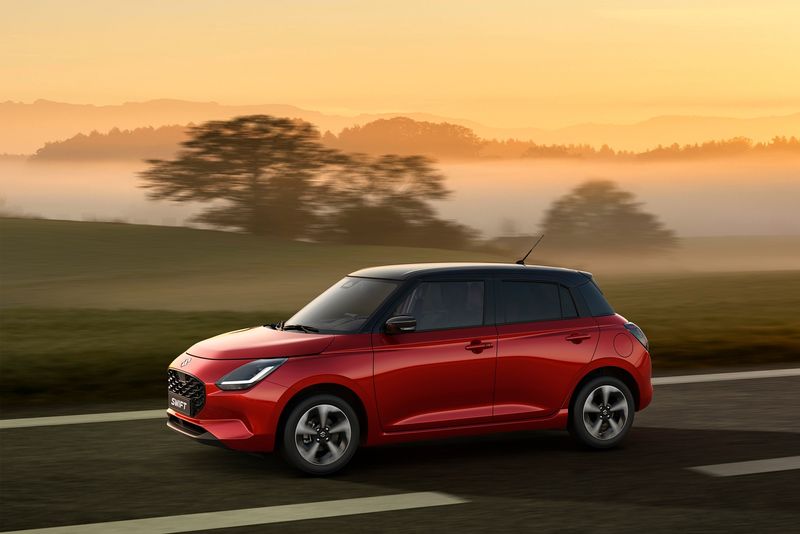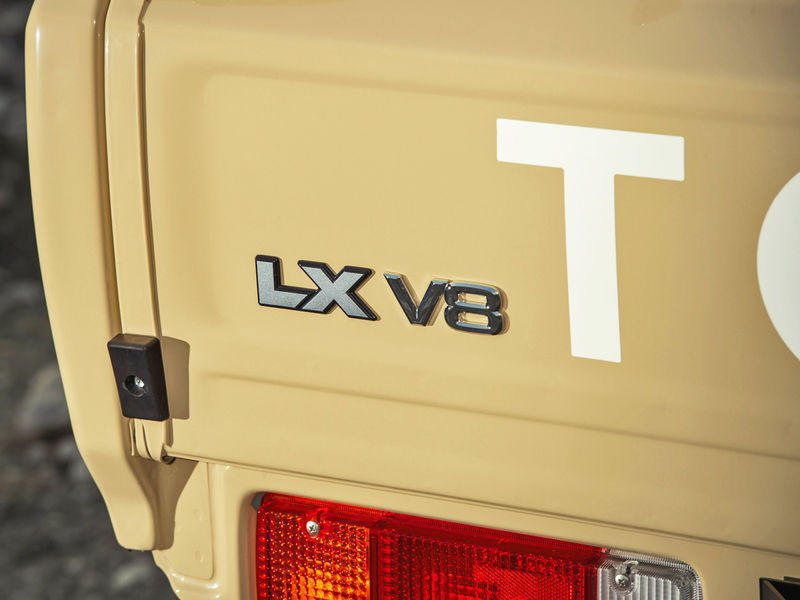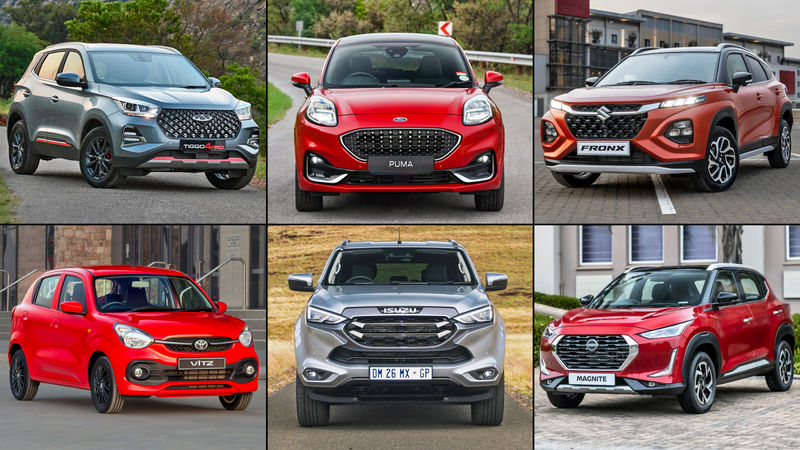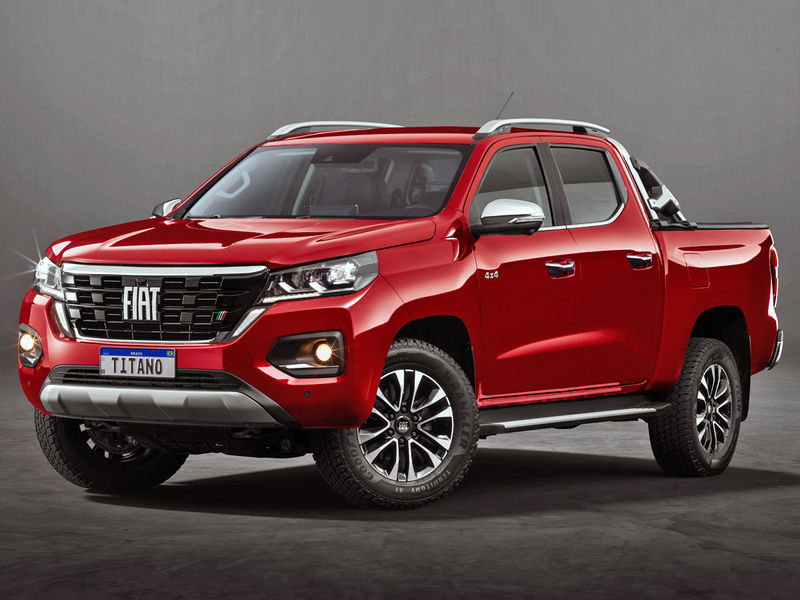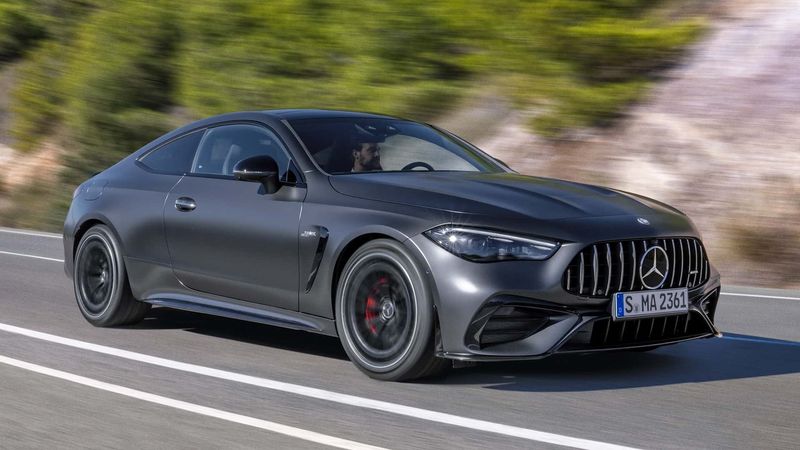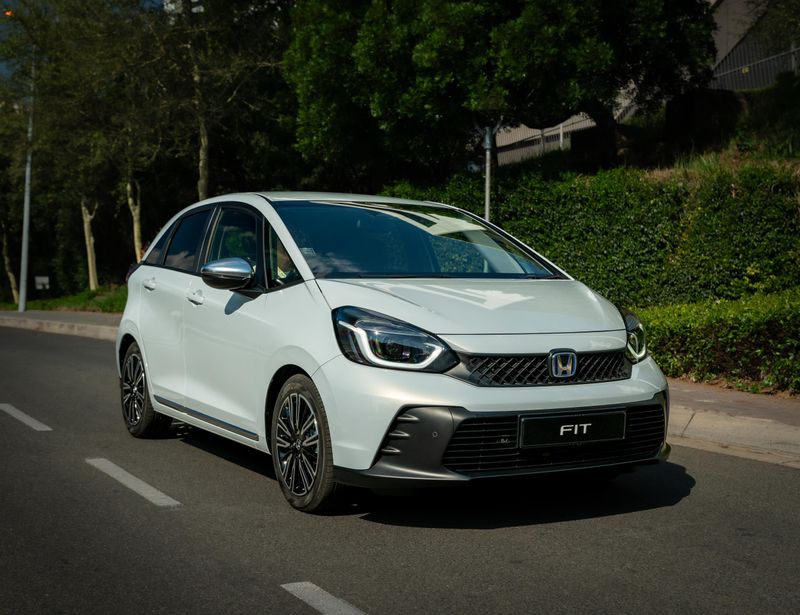



















The Palisade design looks very Americanised with a big grille up front and long sides.
In 2021, the SUV overtook the hatchback as the most popular body style in the passenger-car segment of the local new-vehicle market. By introducing a slew of crossovers and SUVs in the past 12 months or so, Hyundai has been a major contributor to the trend. Its line-up now includes the Venue, Kona, Creta, Tucson, Santa Fe and… Palisade. Thanks to the newcomer’s arrival, every nook and cranny of the family-car market is occupied by a Hyundai.
The Palisade shares its chassis with the Kia Telluride, which was the 2020 World Car of the Year. They’re essentially the same cars, but the Hyundai has come to market because Hyundai Australia convinced the mother company to produce its big rig in right-hand-drive guise. As things stand, the Telluride will remain a left-hand-drive-only model.
Suffice to say that the Palisade is a sizeable SUV; it’s approximately the same size as a BMW X5 or Mercedes-Benz GLE, give our take a few mm in favour of the Korean. It’s powered by a turbodiesel engine sourced from the Santa Fe range and features some very clever seating tricks. It is available in 8- and (most notably) 7-seater configurations.
The Palisade uses the same 2.2-litre turbodiesel as its Executive SUV sibling, the Santa Fe.
With turbodiesel engines no longer being developed for passenger vehicles (due to Dieselgate and the car market’s move towards electrification), Hyundai has just the one diesel to choose from: the 147 kW/440 Nm 2.2-litre unit. The figures tell a story: the Fortuner and Everest, which weigh the same as the Palisade, offer more power and torque.
You’d expect Hyundai’s premium SUV to offer more than enough overtaking performance (when brisk acceleration is needed), but it tends to labour in that regard. When fully loaded, the Palisade may even struggle if you want to cruise briskly on long trips. For day-to-day use (such as on school runs), however, it should be well up to the task.
While power and speed isn’t everything, the Palisade proved reasonably fuel-efficient on our 250-km evaluation drive through the Tulbagh Valley and back, after which it indicated a consumption figure of around 8.5 L/100 km.
The newly developed 8-speed automatic transmission is good at extracting what performance the engine has to offer; it shifts slickly up and down the ‘box without fuss. The transmission’s dashboard-mounted console is lifted from the Santa Fe; we think that it is quite nifty, because it frees up handy storage space in the centre console.
The rearmost row in the Palisade seats 3 people with enough legroom for all.
The unique seating arrangement that’s available in the Palisade is one of its best features. While the 8-seater’s minibus-like seating configuration requires no explanation, its 7-seater equivalent has quite a novel setup… Unlike most conventional 7-seater SUVs (which offer a 2-3-2 seating formation), Hyundai uses a 2-2-3 formation, which may sound like a Barcelona FC attacking lineup, but actually makes it easier to get in and out of the rearmost row.
In the 7-seater Palisade, the middle row features 2 “captain’s” chairs – they are individual chairs with built-in armrests – while a conventional bench is utilised for the foldaway 3rd row. What’s more, the middle occupant of the rearmost row is afforded the added benefit of being able to stretch their legs out between the middle row of chairs.
Speaking of legroom, we found that all rows offered excellent occupant space. The middle-row seats can recline if required and 2 USB ports are installed in the rear of the front seats so that electronic devices can be recharged.
The 3rd row can be accessed by either shuffling through between the 2nd-row seats (on the 7-seater) or folding the 2nd row’s seatbacks down and sliding the chairs forward, all of which can be done at the touch of a button.
The newcomer’s luggage capacity appears to be cavernous too. Hyundai claims the Palisade can carry 509 litres with all seats up, 1 297 litres with the 3rd row folded down and a massive 2 447 litres with 2nd and 3rd rows folded.
A simple yet elegant interior with decent material choice and solid build quality.
High-end Hyundais have become well-renowned for their cabins’ admirable build quality and tasteful choice of materials, which match up well to the big-name premium players and often feature extra soft-touch- and more “authentic-looking” materials (plastic dressed as carbon fibre or brushed aluminium is a personal bugbear).
Indeed, the Palisade’s cabin is bound to be a pleasant place to spend long journeys by virtue of the newcomer’s comfortable seats, which offer loads of adjustability and an upmarket feel to the switchgear and various surfaces. You get heated and cooled front seats, as well as dual-zone climate control and separate rear ventilation controls.
Meanwhile, Hyundai’s flagship features an integrated infotainment system that extends from the instrument cluster as one panel (it reminds of the “Widescreen Cockpit” setup in a Mercedes-Benz E-Class or GLE). The system is familiar to Hyundai users and equipped with Android Auto andApple Carplay, but only through a wired connection.
A wireless charging pad is placed neatly out of the way – it’s located under the top of the centre console, which features enough space for 2 cupholders and several sets of keys or other small items one tends to toss into that bin.
The 20-inch wheels on lower-profile tyres make the ride a bit harsh over bumpy surfaces.
Fittingly, the boldly styled Palisade rides on 20-inch wheels as standard. There’s no option to go smaller, so you’re saddled with quite thin 50-profile tyres too. That means it rides a little harshly over bumps, especially on dirt roads. A smaller wheel and higher-profile tyre would take some of the edge off the stiff ride quality, but it’s not available.
The Palisade sits on coil springs rather than air suspension, which is generally offered as an option at this end of the market. To their credit, the coil springs are good and do an admirable job of mitigating body roll in tighter bends. It’s also comfortable out on the freeway where the Hyundai settles down nicely and provides a comfortable long ride.
By virtue of being equipped with H-Track all-wheel drive, the Palisade offers some off-roading ability, but only if you plan to undertake light dirt-road journeys. Over and above Comfort, Eco, Sport and Smart drive modes, the Multi-Terrain Mode system incorporates Snow, Sand and Mud traction control settings. It has hill-descent control too, but I say “light off-roading” because the 203 mm of ground clearance is actually less than what the Santa Fe offers.
Hyundai hasn’t specced our local Palisade with any semi-autonomous technology such as adaptive cruise control, in-traffic following or lane-keeping assist. While I’m not a fan of lane-keeping assist systems, I do think that adaptive cruise control is a must-have at this end of the market.
Hyundai sells the Palisade with its 5-year/150 000 km vehicle warranty and 7-year/200 000 km drivetrain warranty. A 7-year/105 000 km service plan is also standard, which can be upgraded to a maintenance plan if desired.
Hyundai Palisade R2.2 Elite 8AT 7-seater – R999 900
Hyundai Palisade R2.2 Elite 8AT 8-seater – R999 900
> read more:Hyundai Palisade (2021) Specs & Price in SA
Can the Hyundai Palisade upset the premium SUV apple cart?
For prospective buyers of large luxury family cars, the Palisade ticks the practicality and value-for-money boxes at a time when most Premium SUVs cost well in excess of R1 million – in fact, their asking prices can easily creep up to R1.5 million once you specify them with many of the features that are standard on the Hyundai. The configuration of the 7-seater version, in particular, will find favour with big families that don’t want to buy a van for the school run.
The newcomer has some off-roading credentials too, but we’d humbly suggest that the Korean marque’s big rig be limited to light dirt road use rather than diving deep into the Kalahari sand or overlanding to the Drakensberg.
The Palisade’s engine could do with more oomph considering the rivals it is up against (and the cargo it’s likely to haul during holidays), but it’s not so sluggish that you’ll struggle to get up inclines when the vehicle’s loaded up.
Pricing has been set at R1 million, which may sound like a lot, but it actually represents good value. Time will tell though if buyers at this end of the market will choose the Korean option over British and German premium models.
